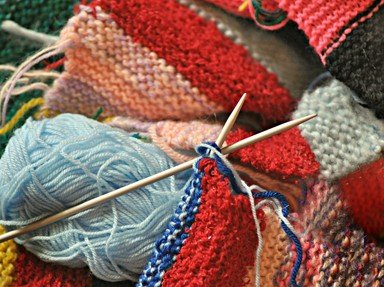Quiz Answer Key and Fun Facts
1. Many socks are knit with yarn made from wool or other animal fibres. What is often added to the animal fibre to increase strength and add durability to the sock?
2. What is the yarn weight that is most often used for socks?
3. Socks can be knit from the bottom up, or from the top down.
4. Which of the following is not a part that must be created on a hand-knit sock?
5. What is the most popular stitch that is used for the cuff of a hand-knit sock?
6. Socks are not typically knit in the round.
7. What is colloquially called "single sock syndrome"?
8. Sock toes are often closed with a particular type of sewing stitch that mimics knit stitches. What is this stitch called?
9. What does it mean to "turn a heel" when knitting a sock?
10. It is possible to knit more than one sock at the same time on the same set of needles.
Source: Author
Trivia_Fan54
This quiz was reviewed by FunTrivia editor
WesleyCrusher before going online.
Any errors found in FunTrivia content are routinely corrected through our feedback system.
